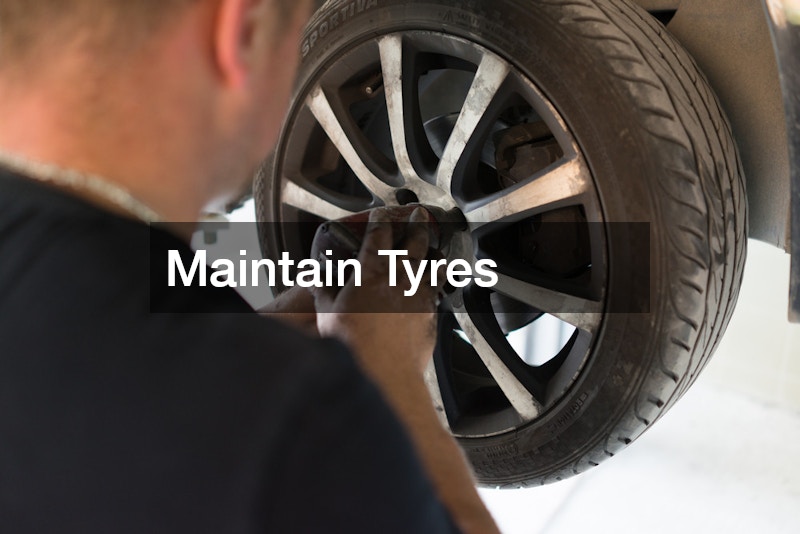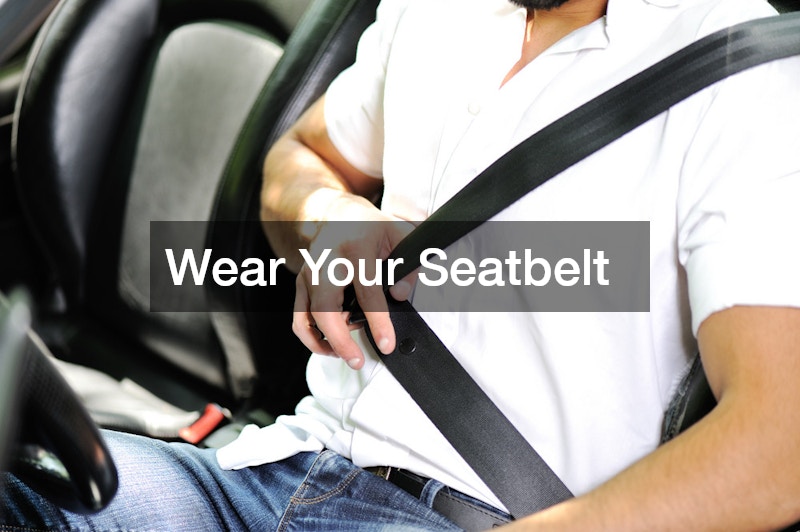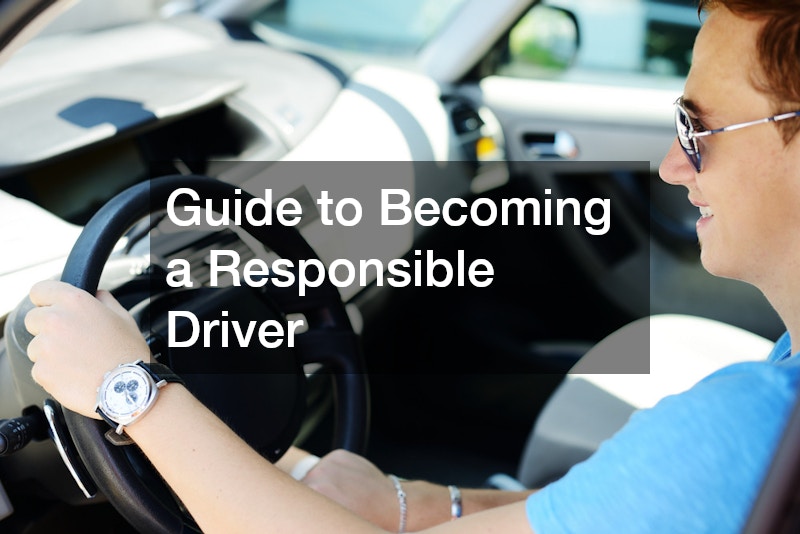Driving in Australia comes with great responsibility, requiring focus, foresight, and a commitment to safety. Following responsible driving practices helps ensure your safety, protects others on the road, and minimises the risk of legal or financial repercussions. This comprehensive guide outlines key aspects of driving responsibly, from vehicle maintenance to cultivating safe habits behind the wheel. By adhering to these principles, you can become a more conscientious driver, contributing to safer Australian roads.
Beyond simply obeying traffic laws, responsible driving involves proactive measures, including car care, courteous behaviour, and effective risk management. Let’s explore these elements in detail.
Drive Sober
In Australia, driving under the influence of alcohol or drugs is both illegal and highly dangerous. It significantly impairs judgement, reflexes, and decision-making abilities, leading to an increased risk of accidents. To be a responsible driver, always ensure you are completely sober before getting behind the wheel.
Use practical alternatives such as assigning a designated driver, taking public transport, or utilising ride-share services. These options not only safeguard your safety but also demonstrate respect for the wellbeing of others.
Driving sober reflects maturity and social responsibility. Beyond the immediate risks, drink driving carries severe penalties in Australia, including large fines, licence suspension, and potential imprisonment. The financial impact extends to higher insurance premiums and potential legal fees, all of which can strain your budget.
Moreover, a drink driving conviction can leave a lasting stain on your personal and professional life, affecting your employment prospects and personal relationships. Planning ahead for a safe way home is a simple yet effective way to avoid these consequences.
Promote a culture of safe driving by encouraging friends and family to avoid drink driving. When returning from social events, consider organising carpools or sharing rides to minimise risks. By taking these steps, you’re contributing to safer roads across Australia.
Keep Music at a Respectable Volume
While listening to music in the car can enhance your driving experience, playing it too loudly can be hazardous. Excessive volume reduces your awareness of external sounds, such as emergency vehicle sirens, car horns, and pedestrian crossings. Responsible drivers keep their car audio at a reasonable level to stay alert.
Blasting music can delay reaction times and increase the likelihood of accidents. While enjoying your favourite tunes is perfectly fine, safety must remain the top priority.
Maintaining a moderate audio level also demonstrates courtesy to others. Excessive noise can disturb nearby drivers and pedestrians, potentially leading to complaints or confrontations. Responsible driving includes being mindful of the impact your actions have on the broader community.
Lowering your music volume also helps you stay attuned to your car’s mechanical sounds, such as engine warnings or tyre issues. Detecting these early can prevent costly repairs or breakdowns, adding to your overall road safety strategy.
Avoid Road Rage
Road rage can lead to dangerous situations, including accidents and confrontations. Managing your emotions is essential for responsible driving. Australian drivers often face traffic delays and challenging road conditions, but staying calm can help you navigate these situations safely.
Techniques like deep breathing, listening to soothing music, and reminding yourself of your destination’s importance can help reduce stress while driving. If another driver acts recklessly, avoid escalating the situation; prioritise safety over engaging in conflict.
Aggressive behaviours, such as tailgating or excessive honking, can provoke others and increase the risk of accidents. Responsible drivers practice defensive driving and focus on maintaining a safe environment for all road users.
Maintain Tyres

Proper tyre maintenance is crucial for road safety and vehicle performance. Regularly checking tyre pressure, tread depth, and alignment can improve handling and reduce the risk of accidents, particularly during challenging weather conditions common in some parts of Australia.
Neglecting tyre maintenance can lead to blowouts or decreased traction, jeopardising your safety. While having roadside assistance membership is wise, proactive tyre care minimises the likelihood of emergencies.
Keeping your tyres in good condition also enhances fuel efficiency, reducing long-term costs. Regular tyre inspections are an essential practice for any responsible Australian driver.
Manage Your Finances
Owning a car comes with financial responsibilities, including loan repayments, insurance, and maintenance costs. Falling behind on payments can lead to repossession or financial stress, which can distract you from driving safely.
Create a budget that accounts for all vehicle-related expenses, including fuel, registration, and regular servicing. This ensures you remain financially stable and focused while on the road. Responsible financial planning reflects broader maturity and supports your overall driving responsibilities.
Avoid Street Racing
Street racing is illegal in Australia and poses severe risks to everyone on the road. Engaging in such activities can result in catastrophic accidents, hefty fines, and licence disqualification.
While the adrenaline of speeding may be tempting, the consequences far outweigh any fleeting excitement. Promote safe driving habits by setting a good example for others and raising awareness about the dangers of street racing. By prioritising legal and responsible driving, you can make a positive impact on your community.
Don’t Delay Repairs
Timely vehicle repairs are essential for maintaining safety and reliability. Ignoring minor issues can escalate into significant problems, increasing the likelihood of breakdowns or accidents.
Regular servicing, as recommended by your vehicle manufacturer, ensures that your car remains in optimal condition. Address warning lights and unusual sounds immediately to avoid more significant expenses or risks later.
Proactively maintaining your vehicle not only protects you but also ensures the safety of other road users.
Avoid Distracted Driving
Distracted driving is a leading cause of accidents in Australia. Activities such as texting, eating, or adjusting your GPS can divert your attention from the road.
Take preventive measures by setting your navigation system before departure and using hands-free devices for calls. Minimising distractions allows you to focus fully on driving, reducing the risk of incidents.
Educate yourself and others about the dangers of distracted driving to promote awareness and encourage safer behaviours.
Maintain Brakes
Proper brake maintenance is non-negotiable for safe driving. Regular inspections and timely replacements ensure your brakes function effectively in emergencies or sudden stops.
Neglecting brake issues can lead to catastrophic failures, compromising your safety and that of others. Invest in quality repairs and prioritise routine brake checks to maintain your vehicle’s performance.
Wear Your Seatbelt

Seatbelts are one of the simplest yet most effective safety measures. They significantly reduce the risk of severe injuries during accidents. In Australia, wearing a seatbelt is a legal requirement, and failure to comply can result in fines and penalties.
Always ensure that you and your passengers are properly secured before driving. Encourage friends and family to adopt the same habit, reinforcing the importance of this life-saving practice.
Conclusion
Being a responsible driver involves more than just obeying road rules. It requires proactive care for your vehicle, financial prudence, and a commitment to safe driving habits. By following the tips outlined in this guide, you can contribute to a safer driving culture in Australia, protecting yourself and others on the road. Adopt these practices to enhance your driving experience and create a positive impact on your community. Safe driving is not just a personal responsibility; it’s a social one.
